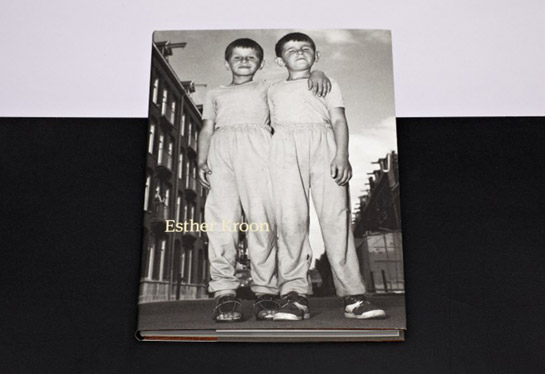Review: Esther Kroon

Before seeing the book Esther Kroon I had not heard of the photographer. Twenty years ago, at the age of 25, Kroon was shot and killed in Guatemala, leaving behind an archive of photographs of children she had taken in Barcelona and Amsterdam (for more details and images see this page). Her work has now been published by Van Zoetendal Publishers, and it deserves to be seen widely. (more)
Children are very hard to photograph, and I only know a very small number of photographers who manage to do it well. Put a child in front of a camera, and chances are the person behind the camera will produce something utterly sentimental, which, of course, is fine for most occasions (family snapshots or advertizing), but which has very little, if any lasting value. What amazes me about Kroon is that she managed to avoid all traces of sentimentality, turning the children into actors on a stage - an artifice achieved by using a fill flash plus a usually low vantage point.
Comparisons are the pest, and it’s never that clear what is to be gained from them. But still, the best of Kroon’s photographs possess the power that Diane Arbus managed to instill in hers, making us encounter another person on, well, their terms (or what we think are their terms, terms negotiated and slyly set up by the artist). On top of that, despite her very young age, Kroon appeared to have an awareness and understanding of life that most people only arrive at much later. The very first photograph in the book shows a nude self-portrait, a photograph that contains none of the self-absorbed drama that makes most of Francesca Woodman’s work so tedious.
We don’t know what might have been, what could have been… It’s futile to speculate. Twenty years after the photographer’s death, her photography can now be enjoyed in the form of Esther Kroon, a modest, yet high-quality book. Anyone interested in photographs of children might want to take note.
Esther Kroon, photographs by Esther Kroon, essay by Rosan Hollak, 112 pages, Van Zoetendaal Publishers, 2012